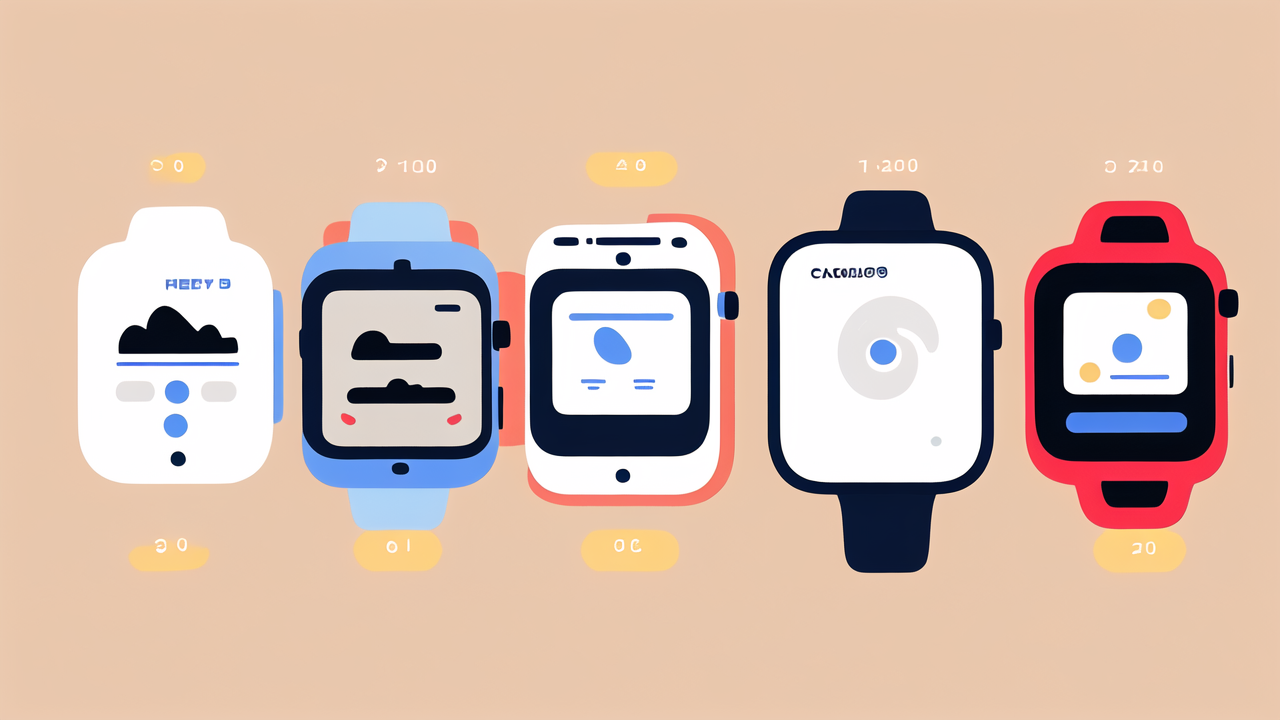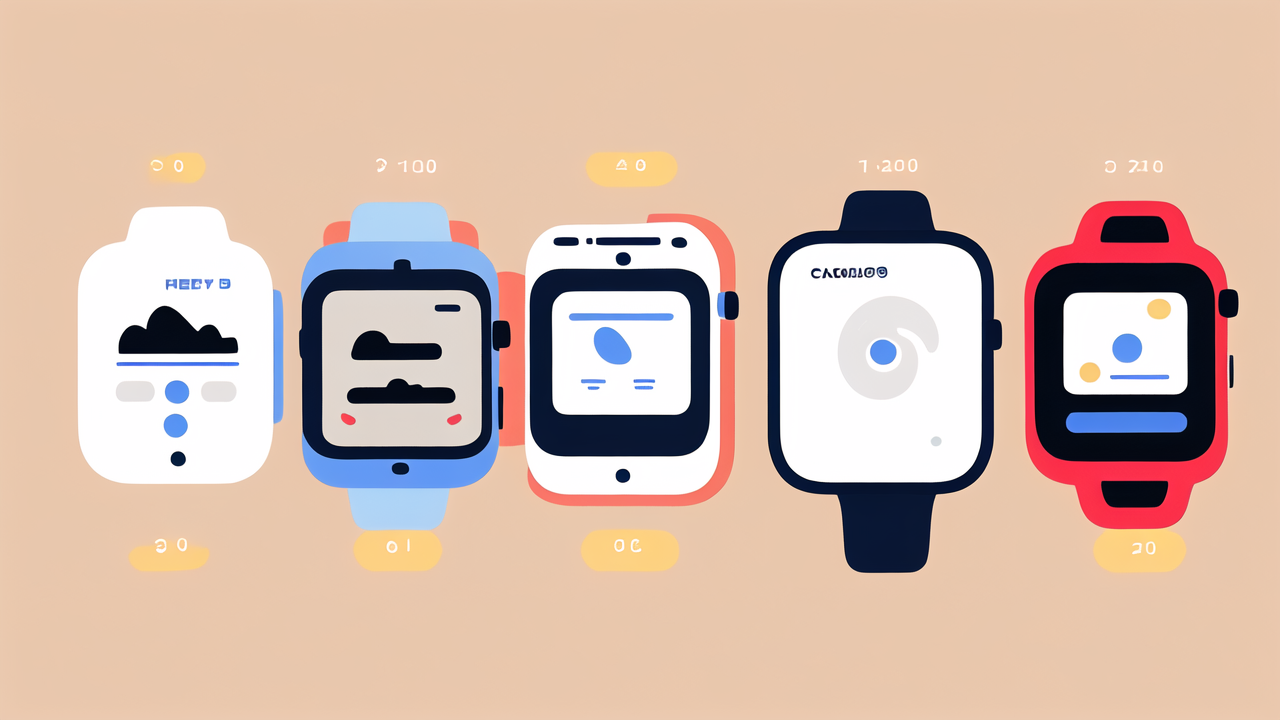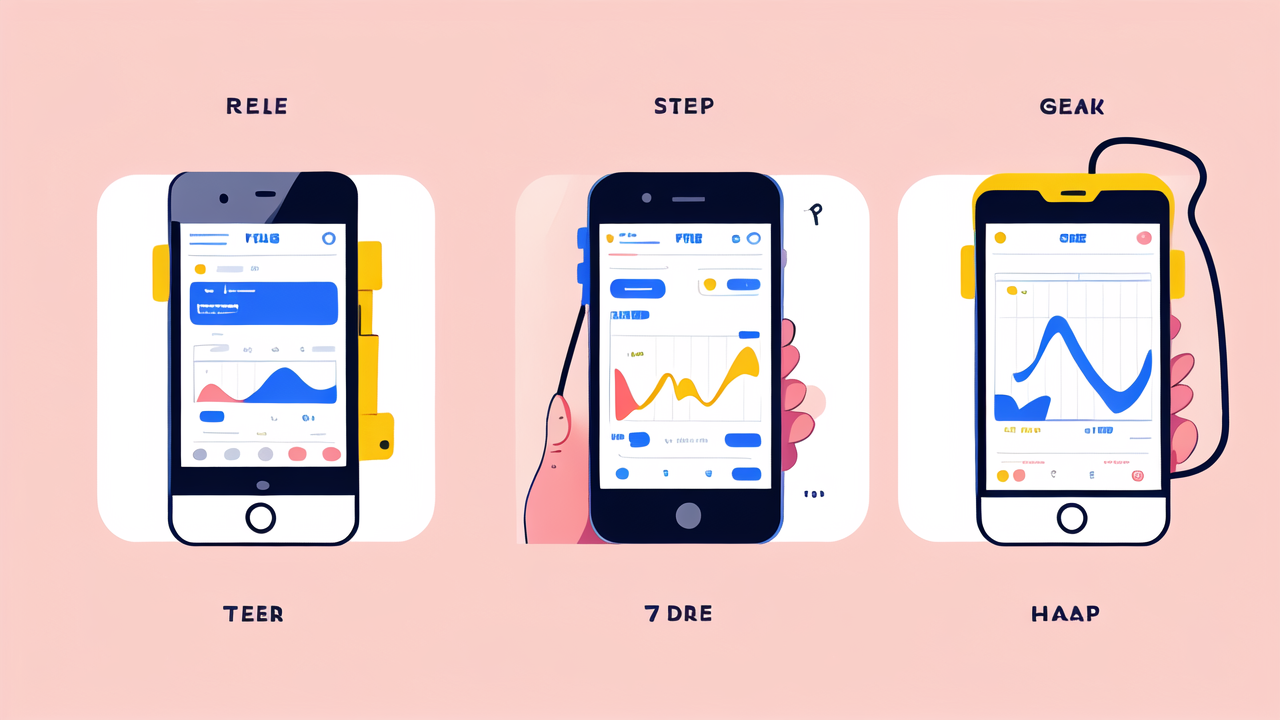The Evolution of Wearable Tech in the United States
The Beginnings of Wearable Computing
Wearable tech's journey began in the 1960s with the invention of the calculator watch. This simple device marked the start of a new era. Over time, more gadgets emerged. These included fitness trackers and smart glasses. Early adopters faced challenges like bulky designs and short battery life. But these issues didn't deter innovators. They kept pushing boundaries, improving both form and function. The goal was clear: to create devices that seamlessly blend into our daily lives. This drive for innovation set the stage for today's advanced wearable tech market.

Milestones in Wearable Technology Development
The wearable tech industry has seen many breakthroughs. In the 1970s, digital watches became popular. The 1980s brought us the first wireless heart rate monitor. The 2000s saw the rise of Bluetooth headsets. Then came a major shift with the launch of Fitbit in 2009. This device made fitness tracking mainstream. In 2015, the Apple Watch debuted, revolutionizing smartwatches. Each milestone pushed the boundaries of what's possible. They improved functionality, design, and user experience. These advancements paved the way for today's diverse wearable tech landscape.
Current Trends and Consumer Adoption Rates
Today, wearable tech is more popular than ever. Smartwatches lead the pack, with fitness trackers close behind. The U.S. market is growing rapidly. In 2022, over 30% of Americans owned a smartwatch or fitness tracker. This number is expected to rise. New trends are emerging too. Health monitoring features are in high demand. Users want devices that track sleep, stress, and heart health. There's also a growing interest in fashion-forward designs. Consumers seek devices that look good and work well. This trend is driving collaborations between tech companies and fashion brands.
Integrating Fashion with Functionality: The Fila Watch Experience
The Design Philosophy Behind Fila's Wearable Tech
Fila, a renowned sports brand, has entered the wearable tech market with a clear vision. Their approach blends athletic functionality with stylish design. Fila watches aim to appeal to both fitness enthusiasts and fashion-conscious consumers. The brand focuses on creating versatile devices. These can transition seamlessly from gym to office to social events. Fila's design team prioritizes sleek, modern aesthetics. They use high-quality materials that are both durable and attractive. The goal is to create watches that users are proud to wear all day. This philosophy reflects the growing demand for wearable tech that doesn't compromise on style.

Technological Innovations in Fila's Smartwatch Range
Fila's smartwatch range incorporates cutting-edge technology. Their devices offer a wide array of features:
- Advanced fitness tracking
- Heart rate monitoring
- GPS capabilities
- Sleep analysis
- Water resistance for swimmers
Fila has also focused on improving battery life, a common pain point for users. Their latest models boast extended battery life, reducing the need for frequent charging. The watches use high-resolution displays with customizable watch faces. This allows users to personalize their device's appearance. Fila has also invested in developing intuitive user interfaces. These make their watches easy to navigate, even for tech novices.
The Impact of Lifestyle and Fitness Features on Consumer Choices
Fila's approach to wearable tech reflects broader consumer trends. Today's buyers seek devices that enhance their lifestyle and fitness routines. Fila watches offer features that cater to these needs. For fitness enthusiasts, the watches provide detailed workout tracking. They can monitor various activities, from running to yoga. For everyday use, the watches offer smart notifications and contactless payments. These features make daily tasks more convenient. Fila has also recognized the importance of health monitoring. Their watches include features like stress tracking and guided breathing exercises. By addressing both lifestyle and fitness needs, Fila aims to capture a wider market share.
The Future of Wearable Tech in the Fashion Industry
Potential Growth and Market Predictions
The wearable tech market is poised for significant growth. Experts predict a compound annual growth rate of over 15% through 2028. This growth is driven by several factors:

- Increasing health consciousness
- Advancements in sensor technology
- Growing smartphone penetration
- Rising disposable incomes
Fashion-focused wearables are expected to see particularly strong growth. Consumers are increasingly seeking devices that complement their personal style. This trend is likely to drive more collaborations between tech and fashion brands. We may see more luxury brands entering the smartwatch market. The integration of AI and machine learning could lead to more personalized experiences. Overall, the future looks bright for wearable tech in the fashion industry.
Challenges and Considerations for New Entrants
While the wearable tech market offers great potential, it also presents challenges. New entrants must navigate several key issues:
- Balancing aesthetics with functionality
- Ensuring data privacy and security
- Meeting diverse consumer preferences
- Keeping up with rapid technological advancements
- Managing production costs while maintaining quality
Companies must also consider the environmental impact of their products. Sustainability is becoming increasingly important to consumers. New entrants will need to develop strategies to address these challenges. Success in this market requires a blend of technological innovation and fashion sensibility. Companies that can effectively combine these elements are likely to thrive.
The Role of Wearable Tech in Personalization and Sustainability Efforts
Wearable tech is playing an increasingly important role in personalization efforts. Advanced AI algorithms can analyze user data to provide tailored recommendations. This could range from personalized workout plans to style suggestions. In terms of sustainability, wearable tech can contribute in several ways:
- Encouraging eco-friendly behaviors through tracking and rewards
- Using sustainable materials in device production
- Implementing repair and recycling programs
Some companies are exploring the use of biodegradable components. Others are focusing on creating longer-lasting devices to reduce e-waste. Wearable tech can also help users make more sustainable choices. For example, by tracking carbon footprints or suggesting eco-friendly travel options. As sustainability becomes more critical, wearable tech will likely play a key role in driving positive change.




Leave a comment
This site is protected by hCaptcha and the hCaptcha Privacy Policy and Terms of Service apply.